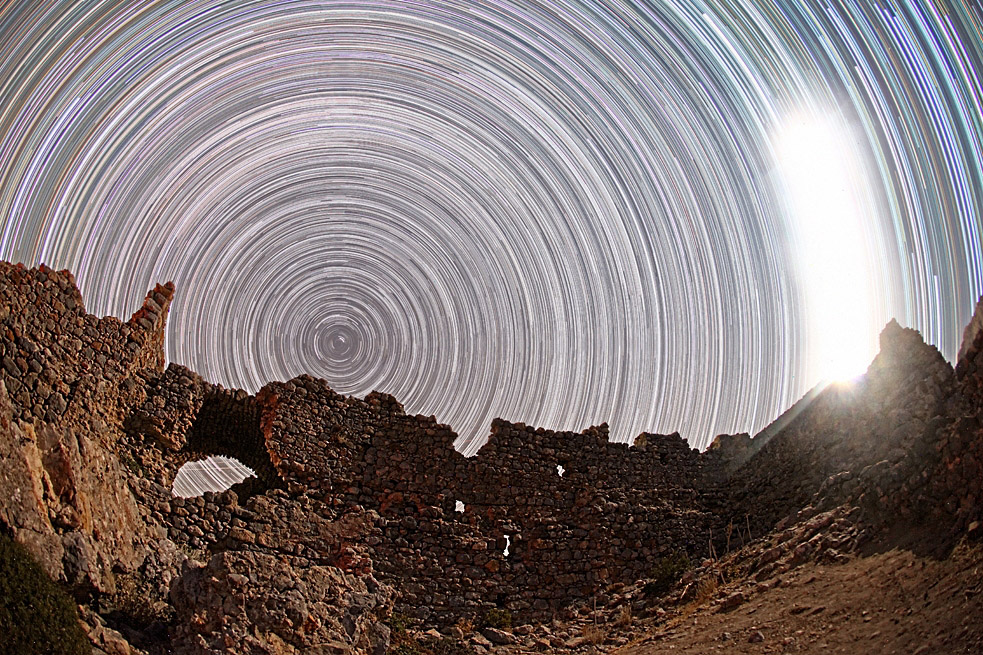Difference between revisions of "November 17, 2012"
| Line 1: | Line 1: | ||
__NOTOC__ | __NOTOC__ | ||
=A Skyfull of Stars= | =A Skyfull of Stars= | ||
| − | |||
<!-- ws:start:WikiTextHeadingRule:0:<h1> --> | <!-- ws:start:WikiTextHeadingRule:0:<h1> --> | ||
<!-- ws:start:WikiTextLocalImageRule:6:<img src="/file/view/LPOD-Nov17-12.jpg/383455336/LPOD-Nov17-12.jpg" alt="" title="" /> -->[[File:LPOD-Nov17-12.jpg|LPOD-Nov17-12.jpg]]<!-- ws:end:WikiTextLocalImageRule:6 --><br /> | <!-- ws:start:WikiTextLocalImageRule:6:<img src="/file/view/LPOD-Nov17-12.jpg/383455336/LPOD-Nov17-12.jpg" alt="" title="" /> -->[[File:LPOD-Nov17-12.jpg|LPOD-Nov17-12.jpg]]<!-- ws:end:WikiTextLocalImageRule:6 --><br /> | ||
| − | <em>image by [mailto:chriskots@gmail.com Chris Kotsiopoulos], Greece</em><br /> | + | <em>image by [mailto:chriskots@gmail.com" rel="nofollow Chris Kotsiopoulos], Greece</em><br /> |
<br /> | <br /> | ||
A Third Quarter Moon, rising behind a Medieval castle at Kos island, Greece. This photo creates an illusion. When you look at it you have the impression that the Moon is very close to Polaris and it is rising to the opposite direction, towards north. This is a bit strange because normally we are facing south to see the Moon, Sun and the planets at the ecliptic. Why is this happening? That evening the Moon rose east-northeast at an azimuth of approximately 64 degrees, so it was indeed somewhat 'close' to Polaris. This image was taken with a full frame camera and a wide field lens. The field of view is almost 180 degrees, therefore this is a two dimensional representation of a three dimensional scene. If you print this photo and bend it inwards and sideways as you look at it, you will get a more realistic view of the real sky geometry.<br /> | A Third Quarter Moon, rising behind a Medieval castle at Kos island, Greece. This photo creates an illusion. When you look at it you have the impression that the Moon is very close to Polaris and it is rising to the opposite direction, towards north. This is a bit strange because normally we are facing south to see the Moon, Sun and the planets at the ecliptic. Why is this happening? That evening the Moon rose east-northeast at an azimuth of approximately 64 degrees, so it was indeed somewhat 'close' to Polaris. This image was taken with a full frame camera and a wide field lens. The field of view is almost 180 degrees, therefore this is a two dimensional representation of a three dimensional scene. If you print this photo and bend it inwards and sideways as you look at it, you will get a more realistic view of the real sky geometry.<br /> | ||
<br /> | <br /> | ||
| − | <em>[mailto:chriskots@gmail.com Chris Kotsiopoulos]</em><br /> | + | <em>[mailto:chriskots@gmail.com" rel="nofollow Chris Kotsiopoulos]</em><br /> |
<br /> | <br /> | ||
<strong>Technical Details</strong><br /> | <strong>Technical Details</strong><br /> | ||
Revision as of 21:38, 4 January 2015
A Skyfull of Stars

image by " rel="nofollow Chris Kotsiopoulos, Greece
A Third Quarter Moon, rising behind a Medieval castle at Kos island, Greece. This photo creates an illusion. When you look at it you have the impression that the Moon is very close to Polaris and it is rising to the opposite direction, towards north. This is a bit strange because normally we are facing south to see the Moon, Sun and the planets at the ecliptic. Why is this happening? That evening the Moon rose east-northeast at an azimuth of approximately 64 degrees, so it was indeed somewhat 'close' to Polaris. This image was taken with a full frame camera and a wide field lens. The field of view is almost 180 degrees, therefore this is a two dimensional representation of a three dimensional scene. If you print this photo and bend it inwards and sideways as you look at it, you will get a more realistic view of the real sky geometry.
" rel="nofollow Chris Kotsiopoulos
Technical Details
Canon EOS 5D Mark II , 10/9/2012 1:17 , Tv( Shutter Speed ) 30 sec , Av( Aperture Value ) 4.0 , ISO Speed 6400 , Lens Canon EF15mm f/2.8 Fisheye , Focal Length 15.0 mm.



